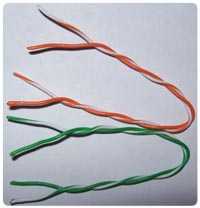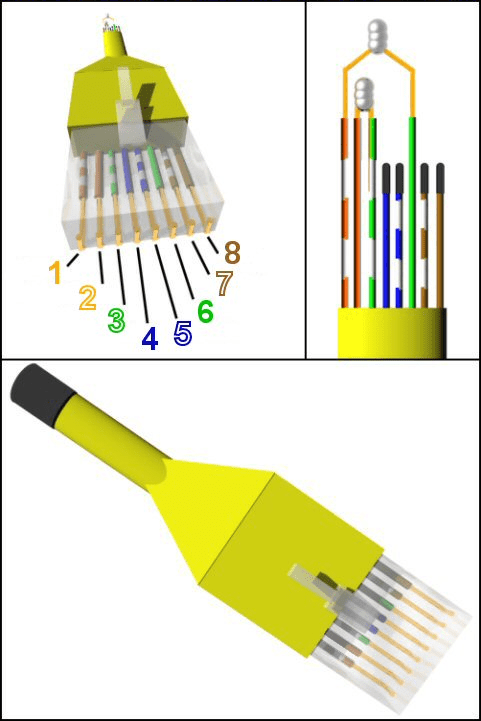


The hardware loopback plug test is used to see if the router and the entire CSU/DSU has any faults. Please refer to the Diagnostic Tests while in Loopback section for information on what should be verified while in loopback. SF/AMI does not support clear-channel DS0s. If you use Super Frame (SF) framing type and alternate mark inversion (AMI) linecoding, use " speed 56" in the channel-group command. Note: This example creates a single Serial0:0 interface (where the first 0 stands for the controller and the second 0 represents the channel-group number), and uses all 24 timeslots for a total of 1.536Mbps bandwidth. Router(config-if)# encapsulation hdlc !- Note: All loopback testing is done with hdlc encapsulation.
#Make a loopback cable software
Router(config-controller)# loopback local !- The loopback local command above is only necessary for software loopbacks. Router(config-controller)# channel-group 0 timeslots 1-24 speed 64 !- This automatically creates a single Serial0:0 interface. Router(config-controller)# no pri-group timeslots 1-24 Here is an example that uses these commands: Router# configure terminalĮnter configuration commands, one per line. If you wish to run a software loopback at the local CSU, configure loopback local in the controller.

Note: If the T1 is configured as a PRI, you need to remove the pri-group before you use the channel-group command.
#Make a loopback cable serial
Use this command to create one or more serial interfaces mapped to a set of timeslots in the channelized T1. In order to run the loopback test on channelized T1s using Primary Rate Interface (PRI) or channel associated signaling (CAS), you need to use the channel-group T1 controller command. This loops the circuit from inside the CSU/DSU back towards the router, and therefore isolates that section of the circuit. For most platforms, the command takes the form loopback, loopback dte or loopback local. CSU/DSU Software Loopbackįor an internal CSU/DSU, the software loopback is implemented with a Cisco IOS configuration command. A hardware loopback is able to prove that the entire CSU/DSU is not at fault. A software loopback towards the router usually only loops the DSU functionality of a CSU/DSU. Note: Refer to the Local Loop to Router in the diagram above.Īlthough you can do both software and hardware loopback tests on a CSU/DSU, a loopback plug is more effective to isolate problems. Note: All loopback testing is done with High-Level Data Link Control (HDLC) encapsulation. Therefore, while you troubleshoot your circuit, you will be unable to pass traffic across that link. Warning: All loopback testing is intrusive to the circuit. This diagram describes the various loopback tests you can do to isolate your serial line issue accurately.

If CSU/DSU loopback tests prove that the router equipment, CSU/DSU, and connecting cables are not faulty, conduct further tests with the telco or provider of the circuit. Software local loopbacks are usually implemented with a Cisco IOS configuration command, or with a loopback button for some CSU/DSUs.Ī loopback plug or cable inserted into the CSU/DSU can be used for hardware loopbacks. Whether it is an internal or external CSU/DSU, you can do both software and hardware loopbacks back towards the router. Two kinds of loopback tests can be used to isolate problems on the serial link: software loopbacks and hardware plug loopbacks. Refer to Cisco Technical Tips Conventions for more information on document conventions. The information in this document is based on Cisco IOS® Software Release 12.0. There are no specific requirements for this document. Then proceed on to loopback tests that involve the telco or provider. Begin loopback tests on the customer premises with channel service unit/data service unit (CSU/DSU) loopback tests. Loopback tests allow you to isolate pieces of the circuit, and test them separately. When a serial line does not come up as it must, the best way to troubleshoot the circuit is to perform loopback tests.


 0 kommentar(er)
0 kommentar(er)
